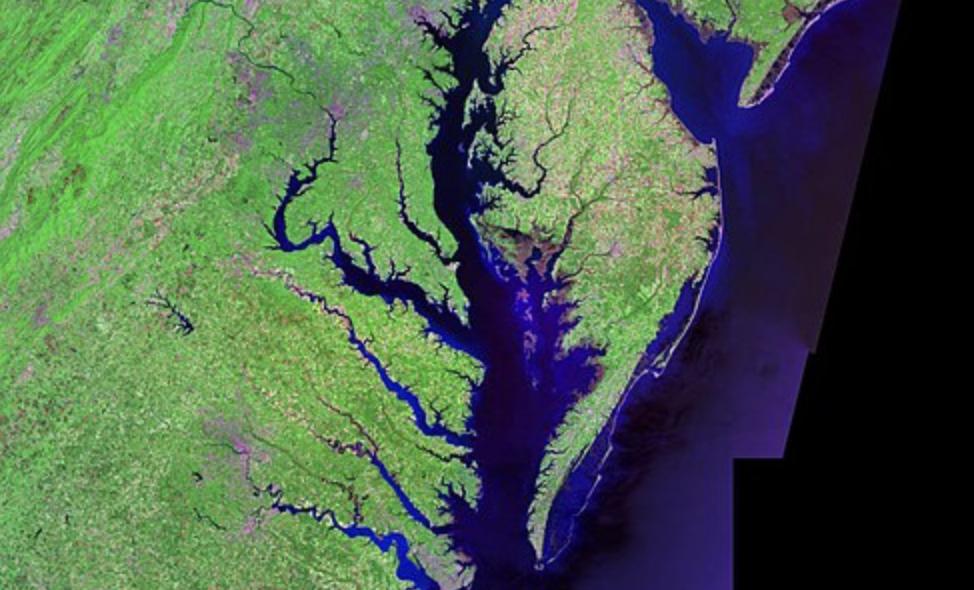The recent good news about a rebounding oyster population in the Chesapeake Bay has been eclipsed by more recent news in a Virginia Institute of Marine Science study estimating the blue crab population is declining.
There are no definitive conclusions on the root causes of this decline, but there are candidates that do not require further research.
All are long term problems that have not received the attention they merit. Worse yet, these causes have become worse due to an abysmal lack of action by a range of elected and appointed government decision makers. These decision makers, trusted by the public to do the right thing at the right time; have individually and collectively failed to do their job. Their lack of action is exhibit A of the observation — when all is said and done, a lot is said but almost nothing is done.
The first problem needing less talk and more action is ensuring Baltimore’s Back River and Patapsco wastewater treatment plants are in a state of good repair and are efficiently operated. While the Back River plant is now under operational control of Maryland Environmental Service (MES), it continues a long practice of dumping untreated wastewater into the Bay watershed. The Patapsco plant, which may soon also be under MES control, also continues a long practice of dumping untreated wastewater into the Bay watershed. This is not only a practice that negatively impacts the crab population it also negatively impacts public health. So much so, the Maryland Department of the Environment and Department of Public Health issued a warning to the public to avoid ALL water contact in Back River. The advisory is an attempt to avoid human contact with high levels of fecal bacteria that can result in waterborne pathogens such as Staphylococcus, Hepatitis A, Cryptosporidium, as well as gastrointestinal illness, skin infections and eye infections. That speaks volumes about the health of whatever number of crabs are harvested from that vicinity of the Bay.
The time is NOW to take whatever steps necessary to finish correcting operational problems at both wastewater treatment plants. It is time to stop the seemingly endless discussions on if the results of Bay improvement efforts are viewed as determining if a glass of water is half full or half empty. The focus must be on the water in the glass and how best to make all of it cleaner.
The second problem requiring less talk and more action is heavy nutrient laden silt, debris, and trash trapped behind the Conowingo Dam. Often when there is heavy rain or snow, dam floodgates are opened that allow this material to flow into the Bay. Dredging to remove that material would address that problem.
The third problem requiring less talk and more action is the number of blue catfish and cownose rays that relentlessly prey on crabs (as well as white clams, razor clams, and small oysters). Those who work on the water regularly are resigned to the reality that these two predators are here to stay. That is not to say they cannot be controlled. Fresh caught wild blue catfish are very tasty. There is an increasing consumer demand for them. Watermen and waterwomen are ready, willing, and able to harvest blue catfish to meet that consumer demand. There is only one thing blocking that from occurring. It is politics. Certain members in Congress from outside of Maryland have been successful in requiring costly, burdensome, and unnecessary federal inspections on blue catfish harvested in the Chesapeake Bay.
These inspections are designed to limit competition with southern catfish harvesters. We need Maryland’s congressional delegation to aggressively pursue repealing this unfair mandate. Regarding cownose rays, those who manage all the marine life in Maryland need to take immediate steps on a plan to address this issue.
It is time to stop the seemingly endless discussions on if the results of Bay improvement efforts are viewed as determining if a glass of water is half full or half empty. The focus must be on the water in the glass and how best to make all of it cleaner.
Members of the Delmarva Fisheries Association have been and are committed to work with all key stakeholders on the Bay who share our commitment to sustainable wild fisheries and our way of life.
NOW is the time to work together in walking the talk on meaningful and timely action on the above issues.
Captain Newberry is the Chair of the Delmarva Fisheries Association.



Gren Whitman says
That silt, debris, and trash trapped in the Conowingo Pool float downriver from Pennsylvania and New York, as Robert Newberry knows.
Until recently, Conowingo Dam has prevented most of this from entering the Bay. Now, however, the pool is full and what has accumulated behind it washes over during heavy rains.
Emptying the pool by dredging it would certainly help, but only after dealing with three questions:
1. Can our neighbors to the north reduce the stuff coming down the Susquehanna?
2. Has a suitable site been located to store many thousands of tons of dredged material?
3. Has a funding source been identified for the billions this project will cost?
This appears to be a problem that’s not remotely solvable at present and to keep bringing it up without answering these questions wastes everyone’s time.